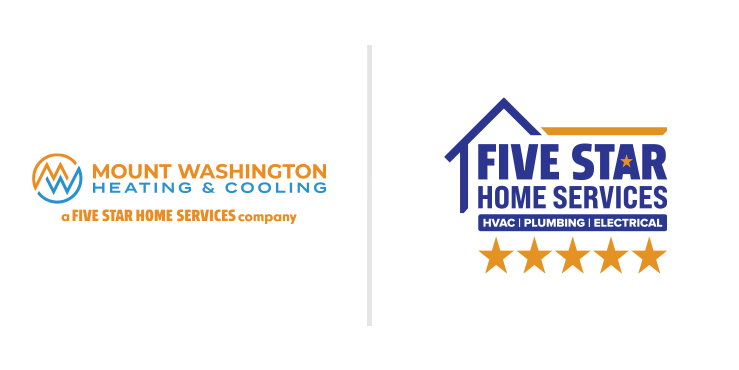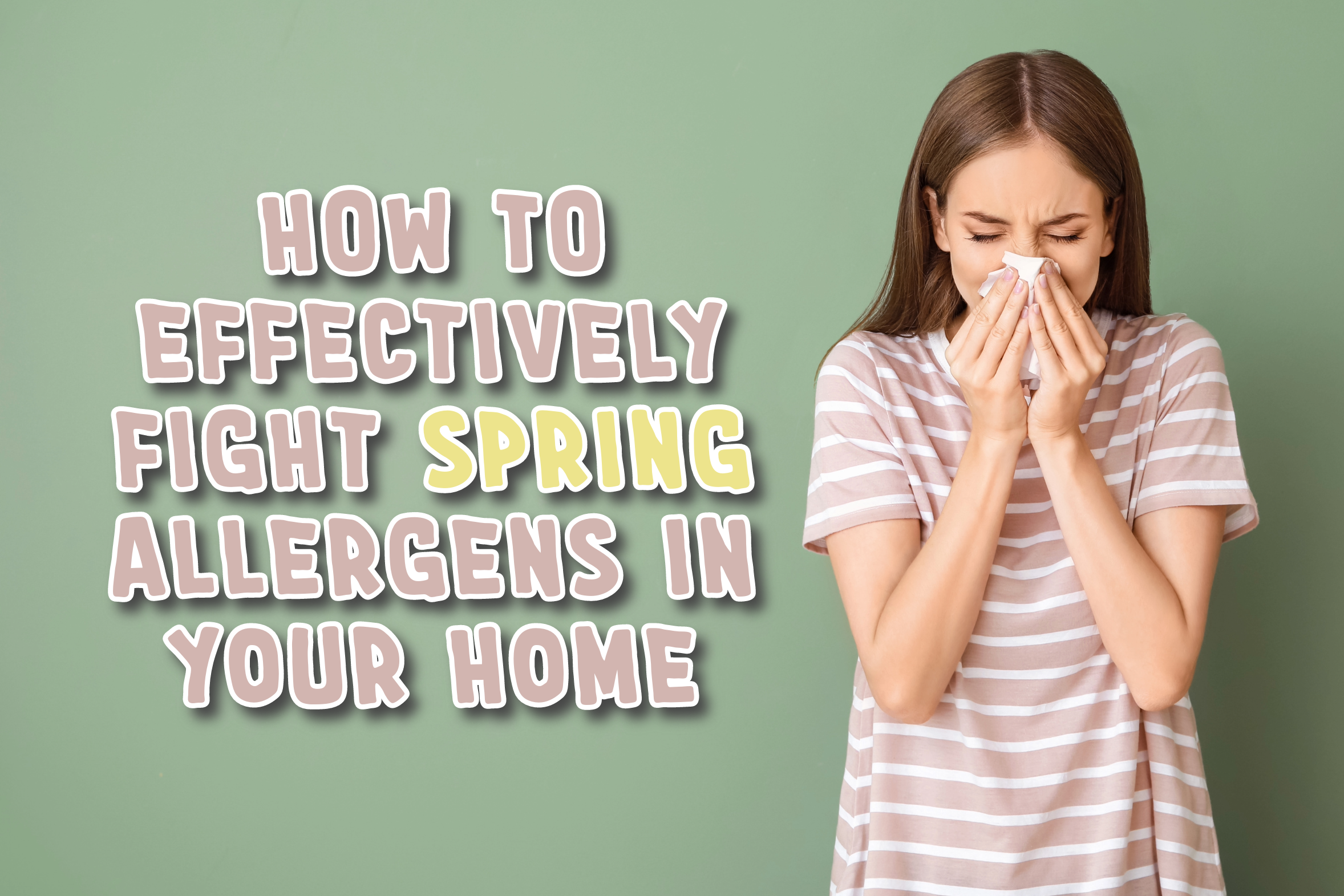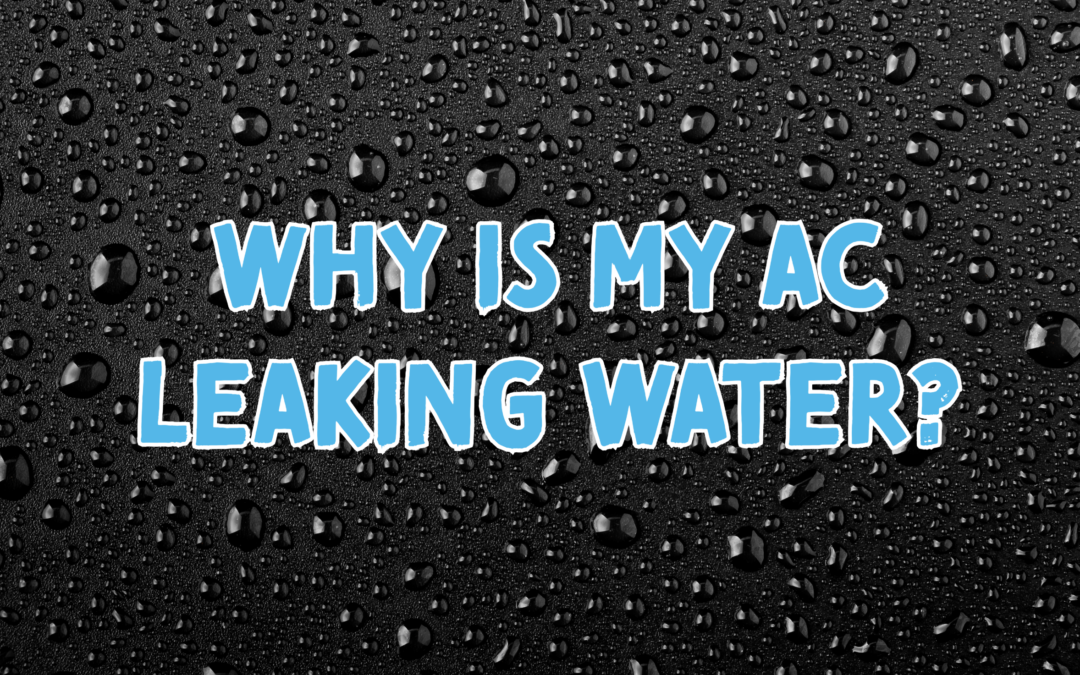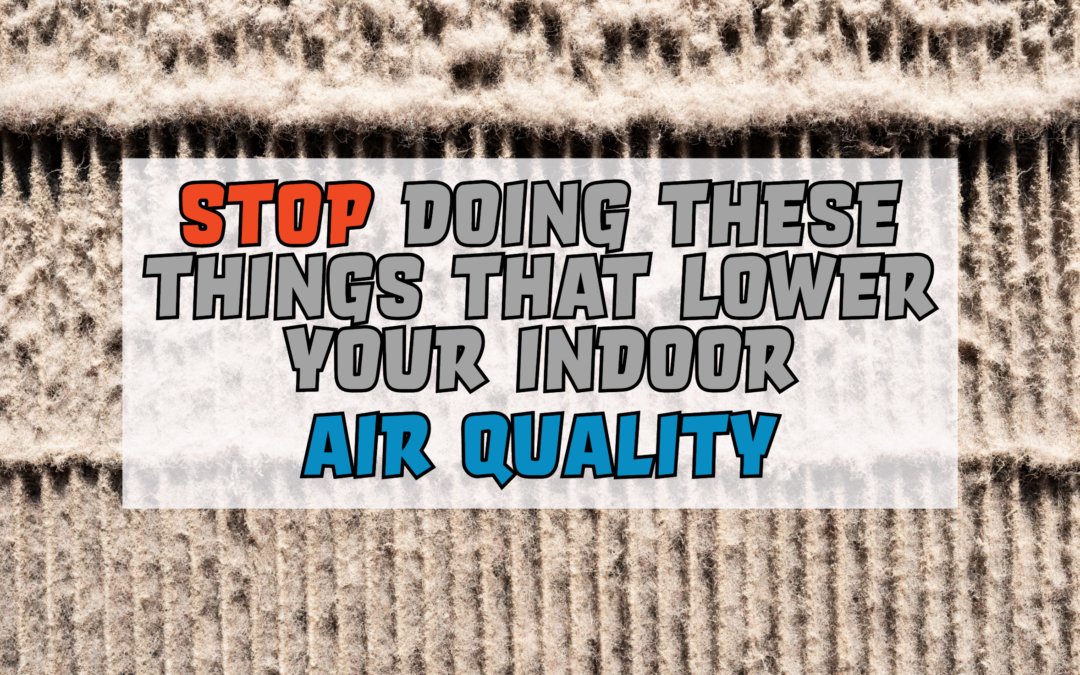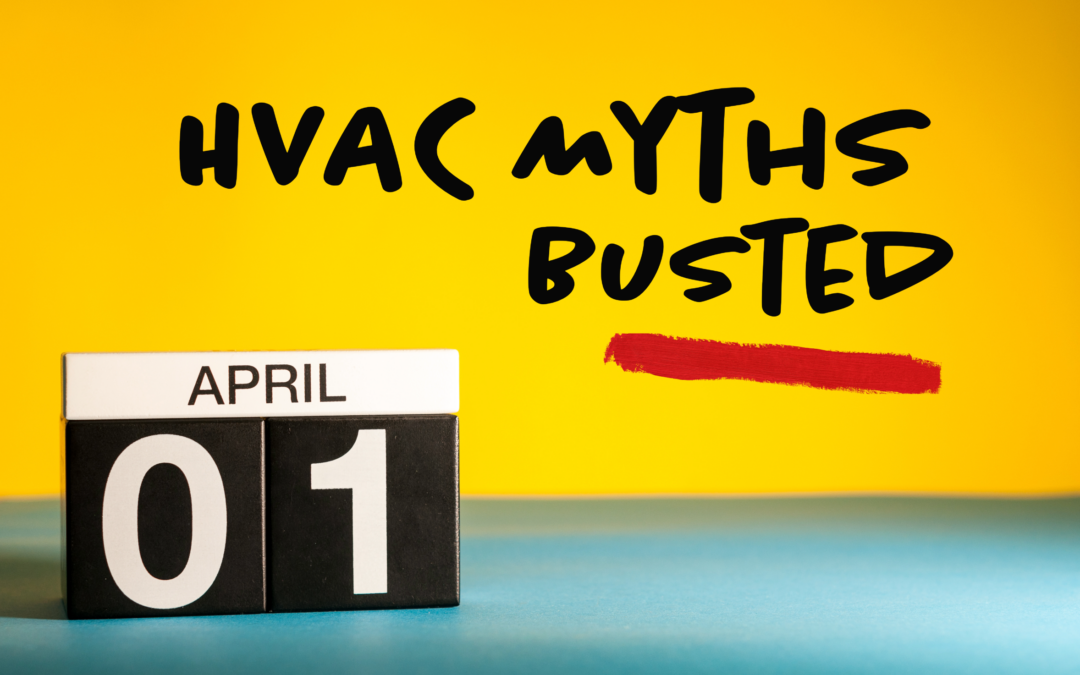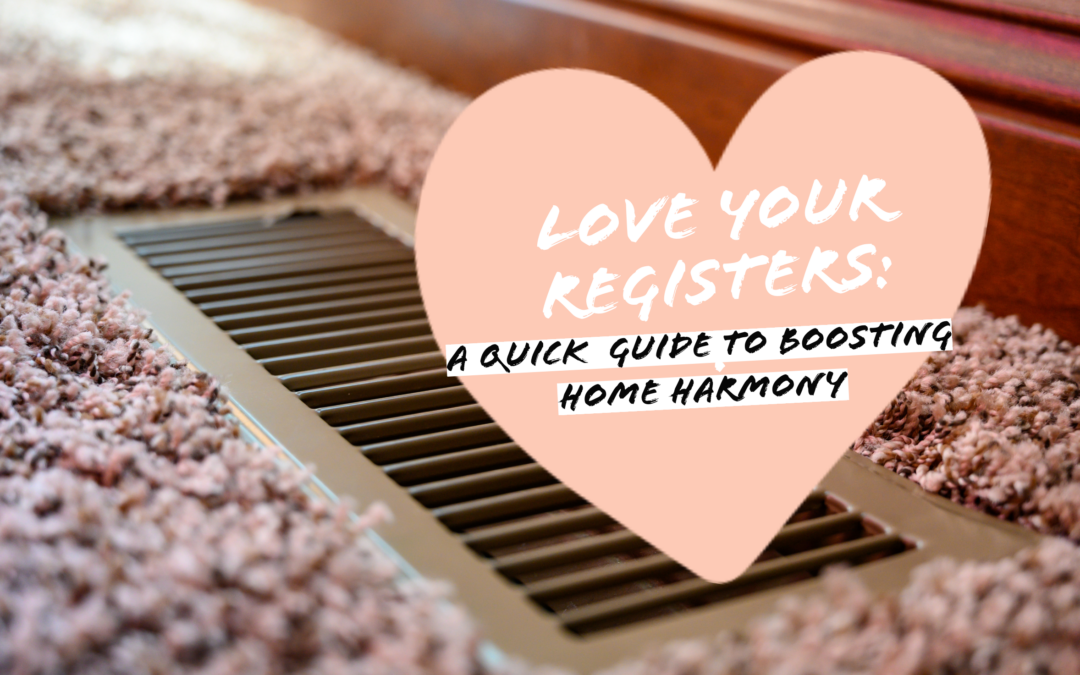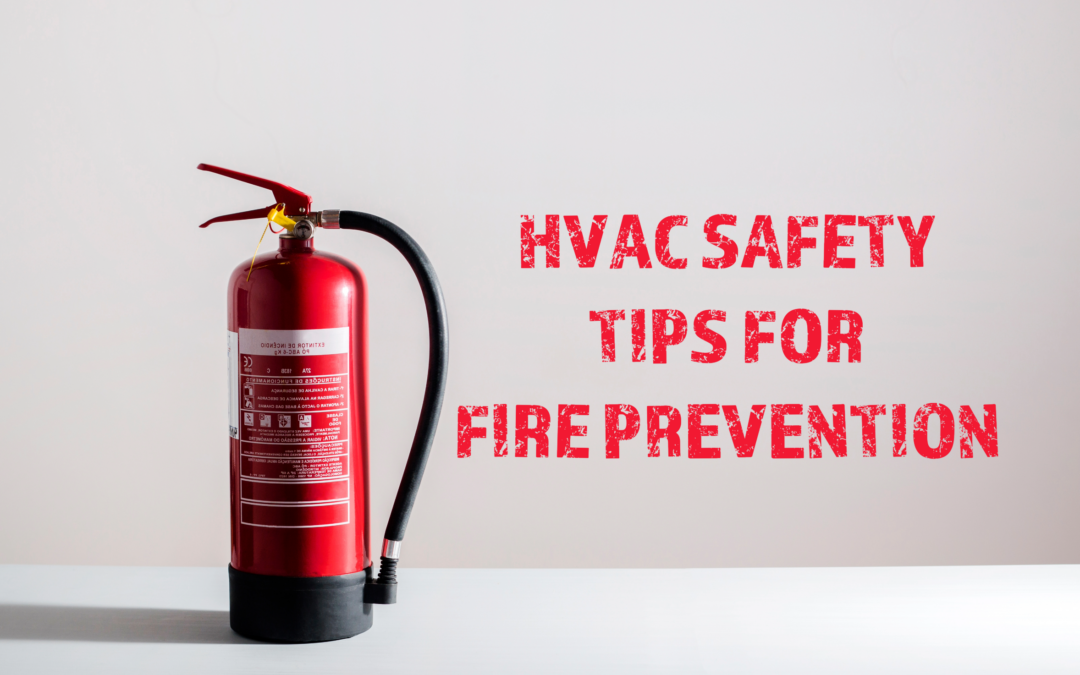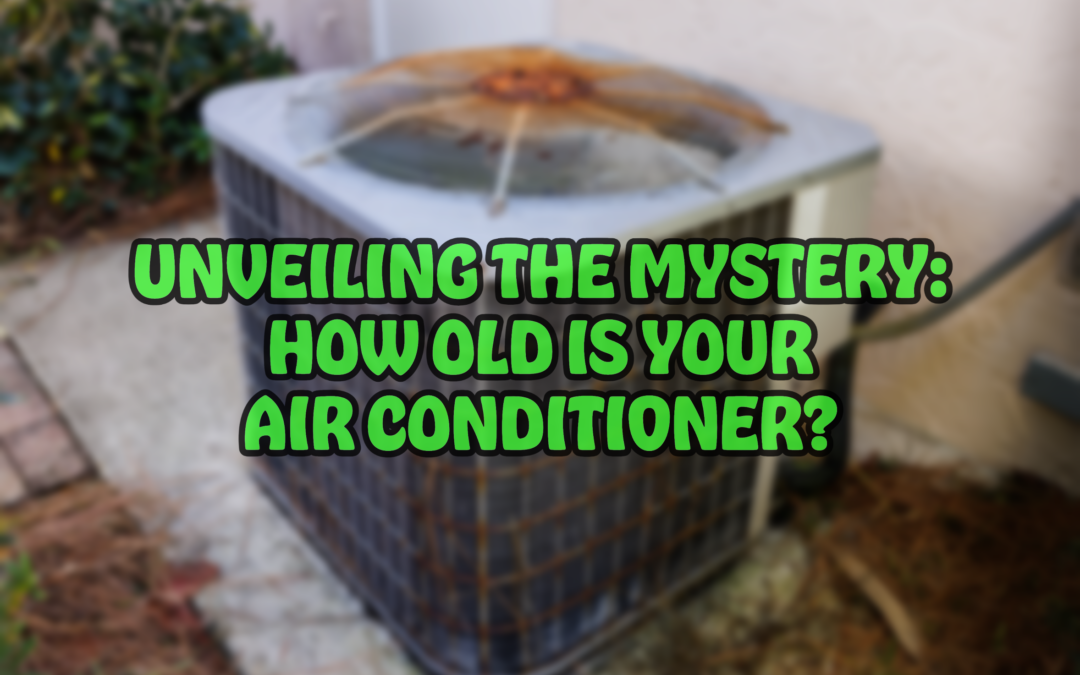Did you know that March 19th marks the first day of spring this year? With spring comes warmer weather and beautiful flowers, but unfortunately, it also brings seasonal allergies for many Ohio residents. These allergies can cause some unpleasant symptoms, commonly known to many as hay fever. So, if you’re one of the many people in Ohio who suffer from allergies, don’t worry! We’ve got some practical solutions from Mount Washington Heating & Cooling to help you combat those allergens in your home.
First, Understand the Symptoms of Hay Fever
Hay fever, or allergic rhinitis, is actually the most common type of allergy in Ohio. It happens when your immune system overreacts to allergens like pollen and releases histamines that trigger those pesky allergy symptoms. These symptoms can range from mild to pretty intense and can stick around for weeks or even months. So, yeah, it’s definitely not the most fun thing to deal with.
So, when it comes to hay fever, you might experience some common symptoms like:
· Sneezing
· Runny or stuffy nose
· Itchy eyes, mouth, throat or skin
· Ear congestion
· Postnasal drip
If you find yourself experiencing these symptoms on the regular during spring and summer, chances are you’ve got hay fever caused by allergens.
Secondly, Understand Why Ohio’s Landscape Causes Allergies
Before we dive into the issue of allergens, let’s take a moment to understand why Ohio has such high pollen and allergy levels. You see, Ohio’s got a little bit of everything in terms of landscape – urban areas, farmland, forests, lakes, and rivers. And with all that variety comes different types of plants and trees, each producing its own pollen. So, you can imagine how this mix of landscapes and plant life introduces all sorts of environmental factors that can make allergies worse. As a result, we have a longer allergy season that starts in February and goes all the way to November. Crazy, right?
Thirdly, Understand the Different Types of Allergens in Ohio
Here are some examples, but not limited to:
1. Tree Pollen: You know, pollen from trees like oak, maple, birch, cedar, pine, and hickory can really trigger allergies, especially in the spring.
2. Grass Pollen: Oh, and don’t forget about grasses like Kentucky bluegrass, timothy grass, and Bermuda grass! They release pollen that can cause allergies, especially in late spring and early summer.
3. Weed Pollen: Now, ragweed is a major weed here in Ohio. It produces a ton of pollen in late summer and early fall, causing allergies for so many people.
4. Mold Spores: And let’s not forget about mold spores! They’re a common allergen in Ohio. Mold can grow on decaying vegetation, leaves, and other organic matter.
Fourthly, Understand How to Use Home Solutions
While it may be challenging to completely prevent allergies, there are a few practical solutions you can try at home to minimize the impact of allergens.
Here are some tips to help you deal with allergies:
· Keep your windows closed during peak pollen season, which is typically in spring and summer.
· Make sure to vacuum regularly using a HEPA filter to remove allergens from your carpets and furniture.
· Wash your bedding and curtains regularly in hot water to get rid of pollen and other allergens.
· After being outside, take a shower right away to wash off any pollen or allergens that might be stuck to you.
· Don’t forget to dust frequently, especially on surfaces like bookshelves that tend to collect dust.
· Lastly, remember to change your air filters regularly to prevent allergens from circulating in your home. It’s recommended to do this every 1-2 months.
Interesting Fact: Did you know that Hay Fever actually affects around 1 in 5 people during their lifetime? It’s pretty common!
Fifthly, Understand How to Use Professional Solutions
When it comes to finding immediate relief, incorporating practical home solutions into your daily life is a great starting point. However, there may be times when exploring professional solutions or services becomes necessary. Here are a few suggestions you might want to consider:
Get a Whole-home Purifier – With a whole-home air purification system like the iWave, you can have clean and purified air flowing through your home. It’s installed to work with your HVAC system and uses advanced ionization technology to tackle allergens, bacteria, viruses, and other particles that can cause allergies and respiratory problems.
Get a Whole-home Dehumidifier – Did you know that high humidity levels can create the perfect breeding ground for allergens like mildew and mold? By installing a whole-home dehumidifier, you can reduce the moisture in your home and make it a less hospitable environment for these harmful allergens. It can be a game-changer for allergy sufferers!
Install a Smart Thermostat – A smart thermostat is a game-changer! It can help you keep track of the humidity levels in your home, which will let you know if you need to take action. Plus, it can also let you know when you need an air filter change.
Schedule a Duct Cleaning – Did you know that indoor air can be up to five times more polluted than outdoor air? Allergens like pollen, dust mites, and mold spores can build up in your home’s ductwork, affecting the air quality and triggering allergies. But here’s the good news – getting your air ducts professionally cleaned can make a real difference. It improves the overall air quality in your home and helps reduce those annoying allergy symptoms. The best part? You only need to get this done every three to five years.
Are you interested in any of these options? Feel free to give us a call, and we can discuss what might be the best fit for you, your family, and your home!
By understanding what causes allergies and recognizing the symptoms, you can take control and enjoy springtime without constantly suffering. Don’t forget that we are here for you. So, if you need any help with HVAC air quality, don’t forget to give us a call!
Count on Mount Washington Heating & Cooling for anything HVAC-related! Call us today at (513) 655-5115, or schedule an appointment online now by clicking here!

